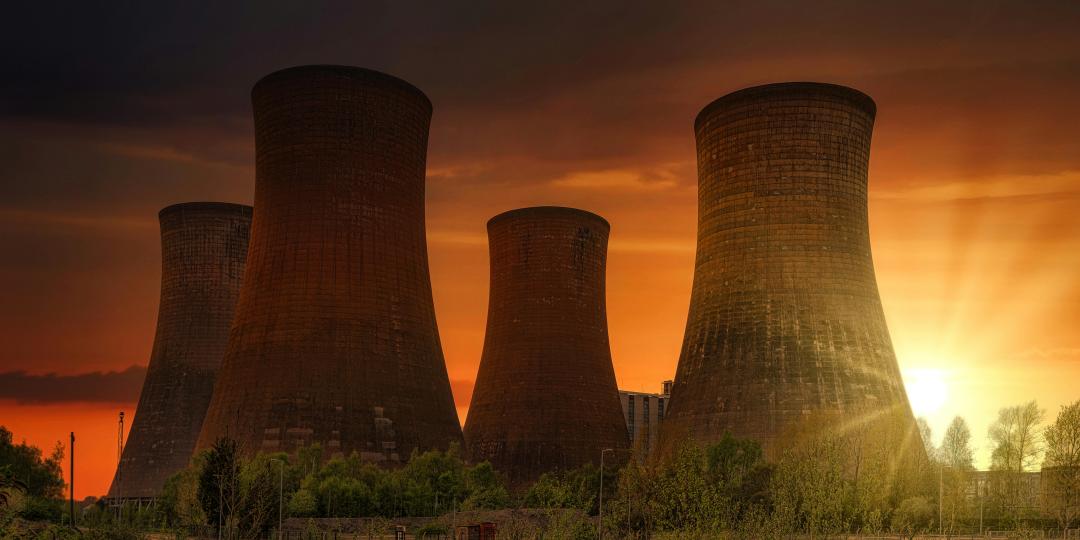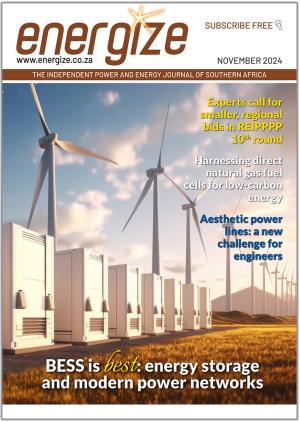Alternative energy production is crucial as South Africa’s coal generation capacity is projected to rapidly decline from 2030, said Des Muller, MD of NuEnergy.
Muller presented on the future of nuclear energy in South Africa at the ‘Solar and Storage Live’ event, which took place at the Gallagher Convention Centre in Johannesburg this week (March 18-20).
He emphasized the need for additional power sources as 85% of South Africa's electricity is still generated by coal-fired power plants. “The generation capacity of coal today is the same as 35 years ago. We can clearly see the impact of the retirements and tiredness of these coal-powered plants.”
Muller proposed that nuclear small modular reactors (SMRs) and gas-to-power initiatives serve as efficient substitutes for South Africa's inactive coal power plants. He highlighted the potential for generating affordable electricity from these sites. “Instead of creating ghost towns, we can create advanced energy hubs”, he said.
To create an effective energy system, it is crucial to consider three types of power sources, he added. “Baseload power that can come from coal and nuclear energy; mid-merit power that can come from large hydro-power stations and combined-cycle gas turbines; and dispatchable peaking power that can come from open-cycle gas turbines and hydro pumped storage.”
Muller used Koeberg Nuclear Power Station as an example to address concerns over waste created from nuclear power plants.
Muller cited the Koeberg Nuclear Power Station as a case in point to alleviate concerns surrounding nuclear waste management. “After fuelling the Western Cape for over 40 years and generating more than 500 TWh, Koeberg’s spent fuel occupies an area equivalent to a tennis court.” This spent fuel is securely stored in pools within containment and is poised for transfer into dry storage casks for interim storage, he added.
“The international nuclear industry prefers to reprocess these spent fuels into new fuels or advanced reactors. It is not a case of having to store it for a hundred thousand years. There is a tremendous amount of energy and value in it,” Muller said.















